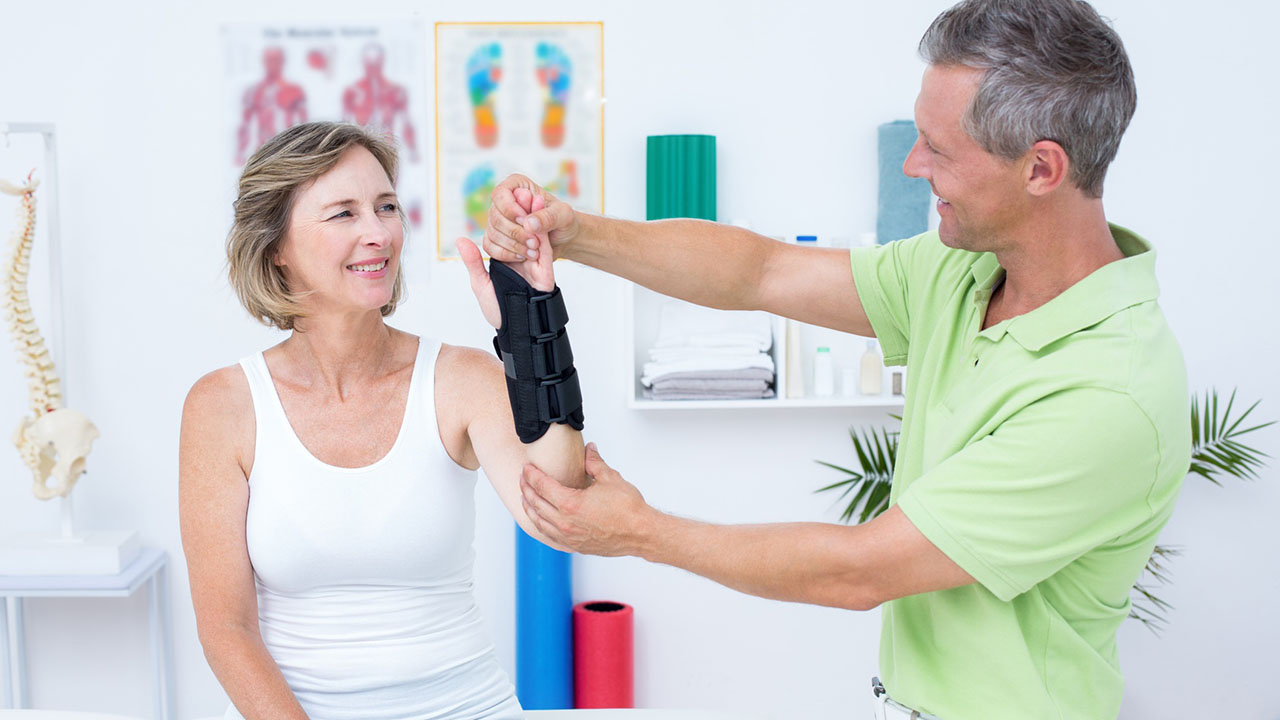Here’s how a friend describes her hot flashes. “Suddenly I was hot and flushed and then the sweating would start and not stop. In the beginning, I had no idea what was happening and it would happen anywhere, anytime.”
If you've suffered a hot flash, you know what she’s talking about. Hot flashes are common symptoms of menopause and perimenopause.
Hot flashes are sudden waves of heat that can start in the waist or chest and work up to the neck and face and sometimes to the rest of the body. They can be accompanied by a rapid heartbeat. The upper body, including the scalp may sweat profusely. Some women also become red. In addition to being an internal sensation, the surface of the skin, especially on the face, becomes hot to the touch.
After the flash, the body quickly becomes chilled as it struggles to regain its normal temperature. They last from 30 seconds to five minutes. The average is four minutes, although it's possible to go on for as long as an hour.
The exact cause of hot flashes is unknown, but there are a multitude of theories. The most widely accepted is that hot flashes are caused by a deficiency in circulating estrogen as a result of declining ovarian function.
A diminished level of estrogen has a direct effect on the hypothalamus. That’s a gland in the brain which starts hot flashes. The hypothalamus is like the body's thermostat. Somehow, the drop in estrogen confuses the hypothalamus and makes it read too hot. Imagine your body is the house and the hot flash is the heating and air conditioning unit. During a flash, the thermostat goes into overdrive to turn itself down. It cools down by forcing the heat out.
The brain responds by broadcasting an all-points bulletin to the heart, blood vessels, and nervous system telling them to get rid of the heat. As the message is delivered, the heart pumps faster, the blood vessels in skin dilate to circulate more blood to radiate off the heat, and sweat glands release sweat to cool down the body.
The intensity and frequency of hot flashes varies immensely from woman to woman. Seventy-five to 80 percent of women in the United States experience hot flashes of some kind as they approach menopause and for the first year or two after their periods stop. Between 20 and 50 percent of women continue having them for many more years.
Stacy Lloyd is a writer and video producer in Phoenix, Arizona. A former television news journalist, she covered stories around the world. Currently, she produces corporate and non-profit videos and broadcast programming.





Add a Comment4 Comments
Hi Wife,
December 24, 2010 - 2:42pmI am sorry to hear that you are suffering from your hot flashes. There are some great articles on our site here about several different things you can try to combat these hot flashes such as yoga and or weight loss. See the different articles here https://www.empowher.com/search/google?cx=007544384767083790728%3A2otat3sg2a8&cof=FORID%3A9&query=Hot+Flashes&form_build_id=form-20f58b8f2e12395239d0194560254f31&form_token=2b999f7fefe08d929d87ee63310c5b00&form_id=google_cse_searchbox_form#881.
Did you go to your physician for your hot flashes? What did he or she say?
I hope this information is helpful. Please keep us updated.
Missie
This Comment
I have terrible hot flashes is there anyway I can control them through diet, and exercise? I need help badly, please let me know if there is anything I can do without taking medication.
December 23, 2010 - 7:16pmThis Comment
I have the worst hot flashes in the world!! I am miserable most of the time because of them. I would like to have more information about Ambrien. I have tried black cohash, premarin and I take Effexor every day for years. I need help!!!
October 28, 2010 - 4:41pmThis Comment
Very interesting and informative. I never had really bad hot flashes, my face just got really hot. Now I get hot right before I go to sleep and sometimes wake up all sweaty. A friend of mine has them so bad she has to get up and change her nightgown and sheets.
August 29, 2010 - 8:35pmThis Comment